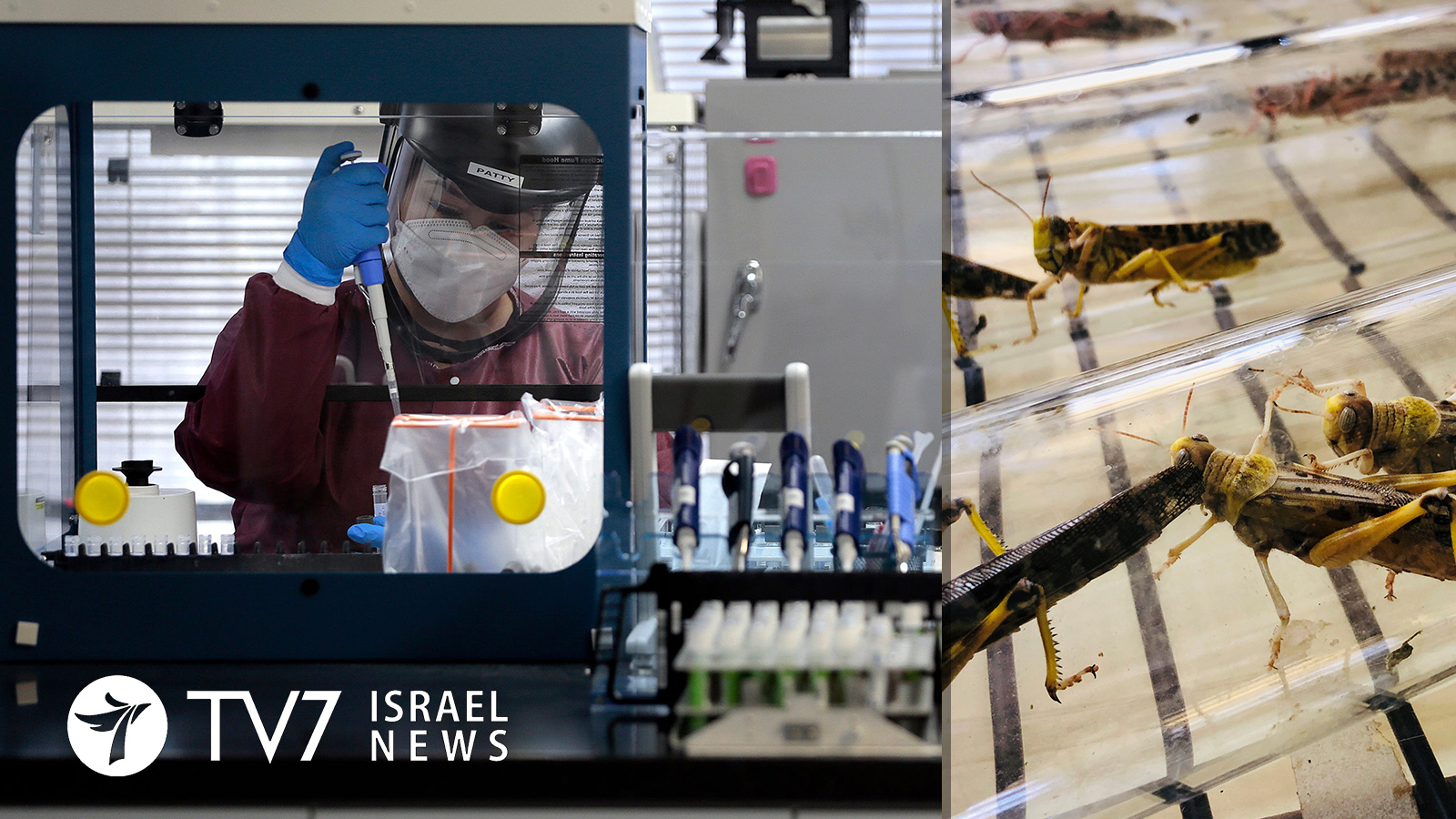A team of researchers has identified what causes the migratory locust to swarm, in a breakthrough toward development of an antidote to eradicate one of mankind’s most enduring plagues.
Dense clouds containing literally billions of the insects can cover hundreds of square kilometers. Such infestations have devastated agricultural crops and inflicted severe food insecurity over vast territory for millennia.
Now that scientists have successfully decoded the chemical impetus for the massing of locusts, they can set their sights on ways to disrupt this destructive process.
Pheromones are chemicals secreted or excreted that affects the behavior of others of its own species. The journal Nature has just published an abstract by researchers who report that they have demonstrated “that 4-vinylanisole (4VA) (also known as 4-methoxystyrene) is an aggregation pheromone of the migratory locust (Locusta migratoria).”
According to the report by Guo, X., Yu, Q., Chen, D. et al., 4VA is detected by the antennae and odorant receptors of locusts after primarily being released from the hind legs of another member of the world’s most widespread species. “Both gregarious and solitary locusts are strongly attracted to 4VA, regardless of age and sex,” found the study, which observed that swarming was initiated in groups as numbering as few as four to five locusts.
“In human history, locust plagues, drought and flood were considered as three major natural disasters which caused serious agricultural and economic losses all over the world,” research leader Le Kang, told Reuters. He stressed that “as the most widely distributed and one of the most dangerous locust species, the migratory locust represents a serious threat to agriculture worldwide.”
Kang, who is a professor of entomology and ecology at the Chinese Academy of Sciences’ Institute of Zoology, said swarming could be prevented by development of a chemical to block effects of 4VA. Production of a synthetic version could also be used to lure locusts into traps, Kang also suggested; and even more interestingly, locusts which have been genetically modified not to respond to 4VA could be released to establish wild non-swarming populations, “subject to biosecurity evaluation.”
Despite the potentially world-changing breakthrough, Kang noted that further research is needed to ascertain whether 4VA exists in other locust species such as the Desert Locust (Schistocerca gregaria) – which is currently ravaging parts of Africa and the Middle East.
— By Erin Viner
